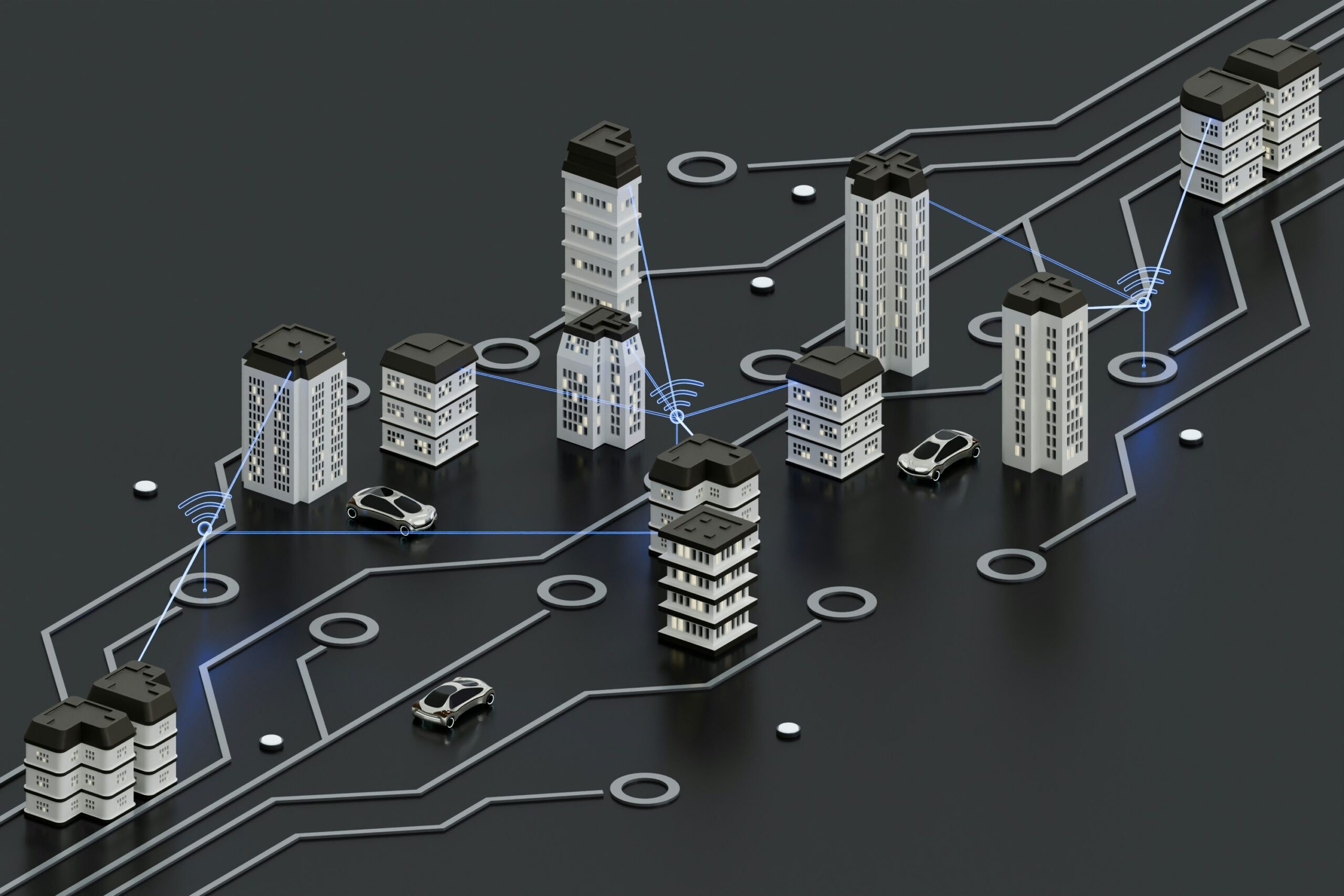
Technology evolves rapidly. Software must keep up or risk becoming obsolete. Next-generation program architecture offers a solution. It provides a smart way to build, scale, and maintain systems that meet modern demands. Developers, architects, and business leaders all benefit from embracing this shift.
This architecture style focuses on modularity, scalability, and agility. It responds to the needs of today’s fast-changing digital environment. The traditional monolithic structure no longer fits the current pace of innovation. Instead, next-generation systems must adapt, integrate, and deliver faster than ever.
The Need for Architectural Evolution
Old architectures often struggle to support the growing complexity of digital systems. They are hard to update and even harder to scale. Systems built ten years ago may still work, but they slow innovation, and businesses that depend on them fall behind competitors.
Next-generation program architecture solves these problems. It helps systems grow with the business, not against it. It allows faster updates, improved security, and easier integration with emerging technologies.
Key factors driving the shift include:
- Demand for cloud-native and hybrid environments
- The rise of microservices and containerization
- The need for real-time data and responsive design
- Increased importance of security and compliance
Core Principles of Next Generation Program Architecture
Successful implementation requires more than new tools. It needs a clear understanding of core principles.
1. Modularity:
Breaking applications into smaller, independent modules makes updates easier. Teams can work on different parts without affecting the whole system, improving agility and resilience.
2. Scalability:
Modern systems should scale horizontally. That means they can add resources without significant changes. Cloud services like Kubernetes and AWS support this model.
3. API-First Design:
Applications should communicate using well-defined APIs. This approach supports flexibility, easier integration, and faster development cycles.
4. DevOps and CI/CD Integration:
The next-generation architecture blends development and operations. Automated pipelines ensure code moves smoothly from idea to deployment. Frequent testing and updates reduce bugs and security risks.
5. Platform Agnosticism:
Software should run on any platform—cloud, edge, or on-premises. This avoids vendor lock-in and boosts long-term flexibility.
Benefits of Agile-Ready Architecture
Choosing next-generation program architecture leads to real business gains. Agile teams can move quickly and respond to change. Here are some benefits:
- Faster time to market: Development and deployment speed increases
- Improved reliability: Small, isolated components reduce system-wide errors
- Greater security: Isolated components limit the impact of breaches
- Cost efficiency: Pay only for resources you use, especially in cloud models
- User-centric design: Teams can test and adapt features based on feedback
Key Technologies Driving the Architecture Shift
1. Microservices:
Microservices break complex applications into smaller services. Each handles a specific function and communicates over APIs, improving fault isolation and allowing independent scaling.
2. Containers and Orchestration:
Docker and Kubernetes have transformed how developers deploy software. Containers package everything needed to run code, and orchestrators manage those containers, ensuring they run efficiently.
3. Serverless Computing:
Serverless platforms like AWS Lambda offer functions that run only when needed. This reduces operational complexity and cost.
4. Event-Driven Architecture:
This model responds to events in real time. It’s ideal for applications that require fast user interactions or real-time data analysis.
5. Low-Code and No-Code Platforms:
These platforms let non-developers build or customize applications. While not a complete replacement for coding, they extend the architecture to more team members.
Common Mistakes to Avoid
Adopting next-generation program architecture comes with challenges. Avoid these mistakes to ensure a smoother transition:
- Overengineering: Don’t add complexity where it’s not needed
- Ignoring legacy systems: New architecture must integrate with existing assets.
- Skipping documentation: APIs, modules, and systems need clear guides
- Failing to involve stakeholders: Business and tech teams must work together
- Lack of training: Teams need time and tools to adjust to new methods
Building a Strategy for Implementation
A successful shift to next-generation architecture requires planning. Here’s a strategic approach:
1. Assess your current system
Evaluate performance, scalability, and security. Identify which parts need improvement.
2. Set clear goals
Decide what success looks like. Goals could include faster releases, better uptime, or cloud migration.
3. Start small
Pilot a module or service using the new architecture. Test, learn, and refine.
4. Scale gradually
Roll out improvements in phases. Monitor progress and adjust the plan as needed.
5. Invest in tools and training
Equip your teams with modern development tools and support their learning.
Why It Matters for the Future
Modern businesses run on software, which must be flexible, secure, and fast. Next-generation program architecture provides the foundation. It empowers teams to deliver better experiences, reduce risks, and seize new opportunities.
Industries like healthcare, finance, and e-commerce have already embraced this shift. Their success stories show that this approach works. As technology continues to evolve, so must our architecture.
Next generation program architecture is not just a trend—it’s a must for survival in the digital age. It offers scalable, agile, and future-ready solutions. Organizations that adopt these principles lead with speed, innovation, and resilience.
From modular design to cloud-native tools, this new approach transforms how software works. Businesses should start planning now or risk falling behind. With the right mindset and strategy, any team can build systems ready for what’s next.